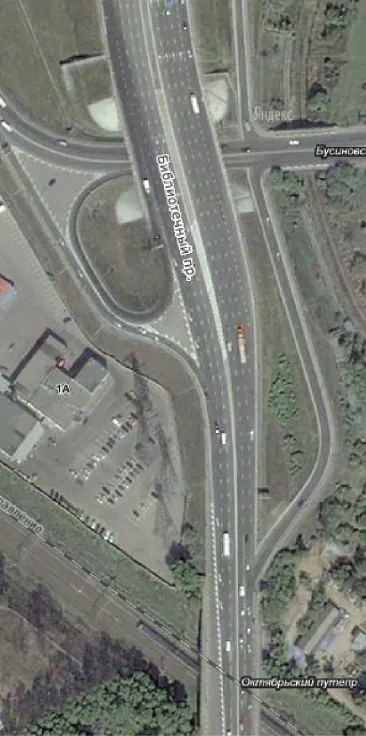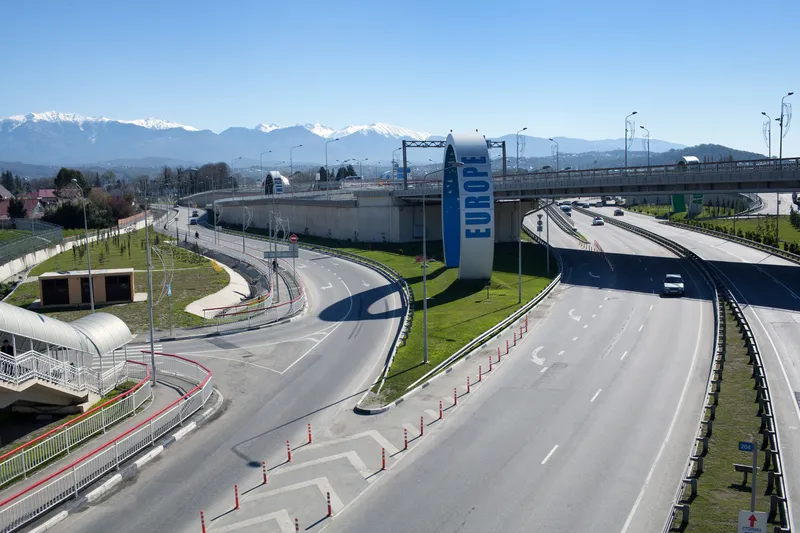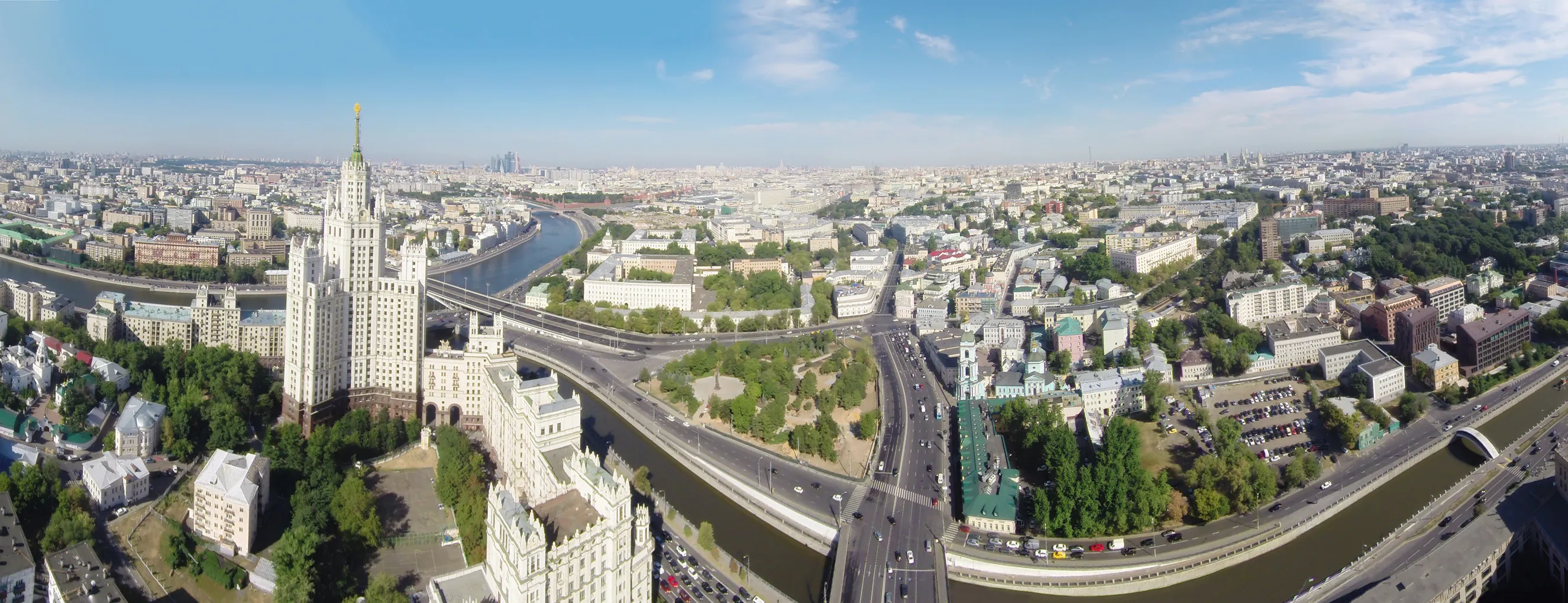The International Road Federation (IRF), founded in 1948, is the only world forum advocating better and safer roads through better road design and construction bearing in mind the user. It is a unique institution that brings together members active in road infrastructure from both the private and public sectors.
The IRF promotes roads that are safe, economically viable and ecologically friendly. The IRF believes that a sound road infrastructure brings prosperity, fights poverty, furthers education and gi
February 9, 2012
Read time: 6 mins

Fedor Novikov draws global lessons from a controversial project in Russia that highlights the crucial importance of due consultation with all key stakeholders from the very earliest planning stages of large-scale infrastructure initiatives
Recent public outcry surrounding the Moscow-St Petersburg (M-SPb) toll road project, and the indefinite pause in construction that has ensued, provide a vivid illustration of how lack of civil planning procedures and consultation may result in an unstable political situation.The current debate focuses on almost everything but the road itself! The way it is resolved will not only affect the overall climate for ongoing relations between the public and the authorities but also have a crucial bearing on prospective international trust in Russian Public-Private Partnership (PPP) mega-projects.
Although it may be blamed for the erosion of some basic freedoms, when it comes to implementing major infrastructure projects strong political power typically yields relatively efficient results, at least in the short term.
The rationale is simple: you don't have as many stakeholders as you would have in a fully democratic debate with whom to negotiate the terms of any given project.
This was true, for example, during the early years of the infamous power broker, Robert Moses, who was appointed to all the major planning commissions of New York City. This gave him overall coordination and allowed him efficiently to push through construction of bridges and highways throughout the city.
If Robert Moses engaged in horizontal coordination, however, the Russian authorities have for years been on the track of vertical integration of powers. For example, in 2004, President Vladimir Putin abolished the elections of regional government and instituted a system of direct appointees. The reasoning was that the country required a more consolidated guidance approach during its transitional phase. The case of the Moscow-St Petersburg highway, however, raises grave doubts as to the effectiveness of some of the consolidating and planning efforts that have resulted.The proposed M-SPb highway project, connecting two capital cities and spanning more than 600km, was divided into several sections, each subject to different tenders.
The first stretch, a 44km junction connecting Moscow's outbound circular road with
It was traced parallel to an existing artery, the highly-congested Leningradskoe (M-10) highway. The project was structured as a typical 30-year build-own-operate-transfer PPP, with construction costs estimated at e2 billion, and the tender was won in 2008 by a subsidiary of the
At the planning stage, the proposed project was rated highly against alternative route options
- including those subsequently revisited by
One of the reasons, however, was that it ran over forest lands, owned by another federal entity, that were assumed at below market price that did not account for negative environmental impacts.
We may only speculate that an important factor in the selection of the route was the possibility of streamlining the process of land transfer between two federal agencies, whereas any alternative routes would require the instigation of compulsory purchase procedures.
Another critical coordination issue was the link between the M-SPb highway and entry to local Moscow roads.
The existing Businovskaya link is a bottleneck road, which narrows from 8 to 2 lanes. Plans to widen the junction, and integrate it with an intra-city highway, are dated for 2015 and, thus, represent another external risk to the feasibility of the project; and consequently for the concessionaire.
Sources of conflict
The project was condemned by activists from local villages located close to the proposed road. Their protest was structured around environmental issues: notably that the selected route would cause permanent damage to the Khimki Forests.Although local interests voiced their opposition from the very outset of the project, it was not until preparations for actual construction were underway that the protests escalated and assumed far greater proportions. NIMBY (not in my back yard) activists were joined by environmentalists and, after a number of violent confrontations with the authorities, they began to attract major mass media attention and public sympathy. It was not long before the protest evolved into a wider stand for civil rights, which went far beyond immediate concerns for either the road or forest. The media began seeking out corruption schemes that tied high-level officials to interests in the project, hooligans vandalised the premises of the Khimki local administration and so on.
Finally, in August 2010, following a protest that gathered an estimated 5,000 people in the centre of Moscow, President Dmitry Medvedev paused construction of the road and proposed additional public consultations. Although the President decided not to back the scheme, no mistakes in the planning process were acknowledged, and no criticisms were levelled with respect to the competency of the officials in charge of the initial project. It's also worth mentioning that, by that time, over 40% of forest in the allocated area had been already cut down! While this surprising outcome is understandably hailed as a victory by some protesters, it may well prove a rather shallow one, and the question remains: victory for whom? Congestion on the existing M-10 highway is so intolerably high that it reaches plateau level from early morning and stays that way for the whole day, with no easing of traffic or respite from typical rush hour peaks. Widening is no longer an option due to adjacent commercial construction that was legalised in the 1990s. Moreover, any changes to the M-SPb project would delay the process indefinitely as an alternate route would require a complete recalculation of costs and the re-negotiation of terms with the concessionaire, followed by a long and expensive process of compulsory purchase. In addition, alternative routes would not even necessarily yield better environmental outcomes. Indeed, as illustrated by the photos, the roads would enclose thousands of Khimki residents in a toxic road triangle that would further preclude any residential access to the forest.
A recent sociological survey highlights how a few residents of nearby villages (that, incidentally, encroach into the forests themselves in order to expand, as can be seen from the aerial shots) were able to stop a mega project, while Khimki residents remained silent.
According to the Levada Center, 76% of Khimki residents support the protesters, and 73% support the construction of the road away from both their city and the forest (which is technically impossible).
When confronted with a direct choice, however (by being asked to state their preferences on the basis that the road would, of necessity, have to be built either through the forest or under their windows) data from
The stakes are, indeed, high. A return to the original project would inevitably provoke renewed public outrage, further damaging Russian elites in the lead up to the forthcoming Presidential elections, while a prolonged pause (let alone a total cessation) of the project will continue to damage Russia's international investment image and bring it to a new low. We may only suggest that, irrespective of the eventual outcome, the relevant authorities should draw the obvious lessons from this sorry saga and fully involve all the various interest groups from the very earliest planning stages of all prospective future projects.







